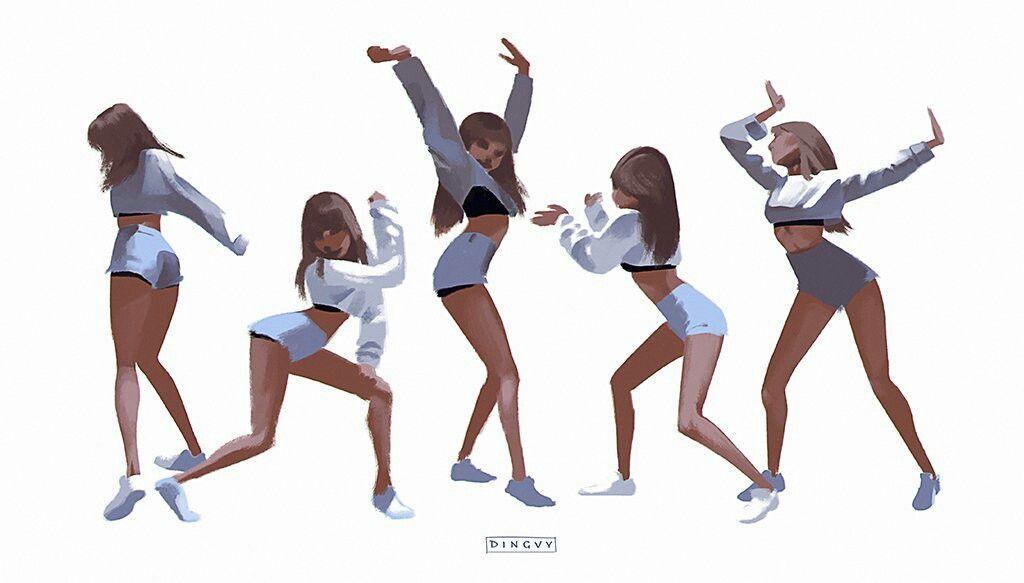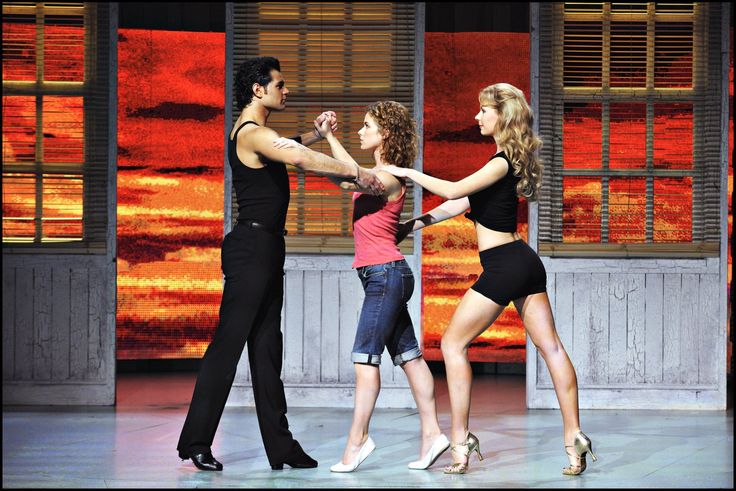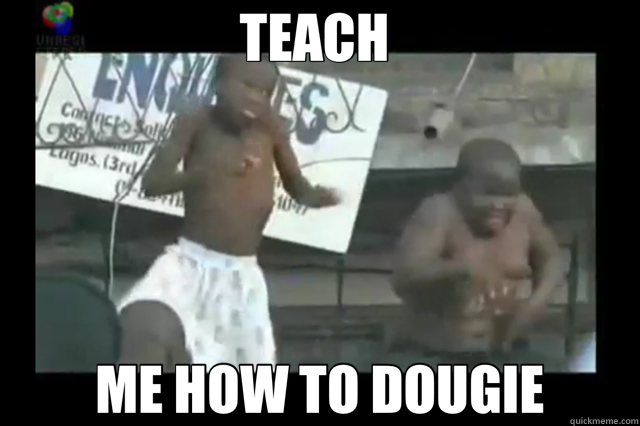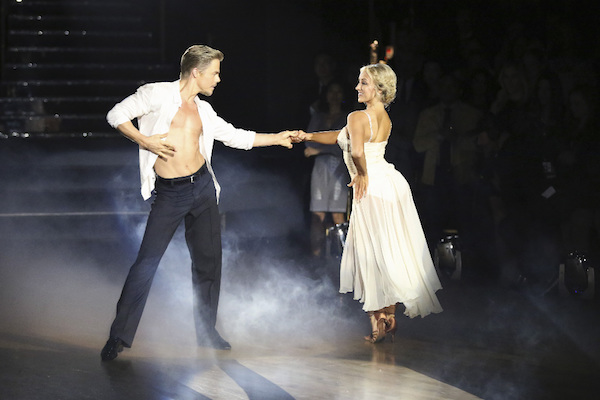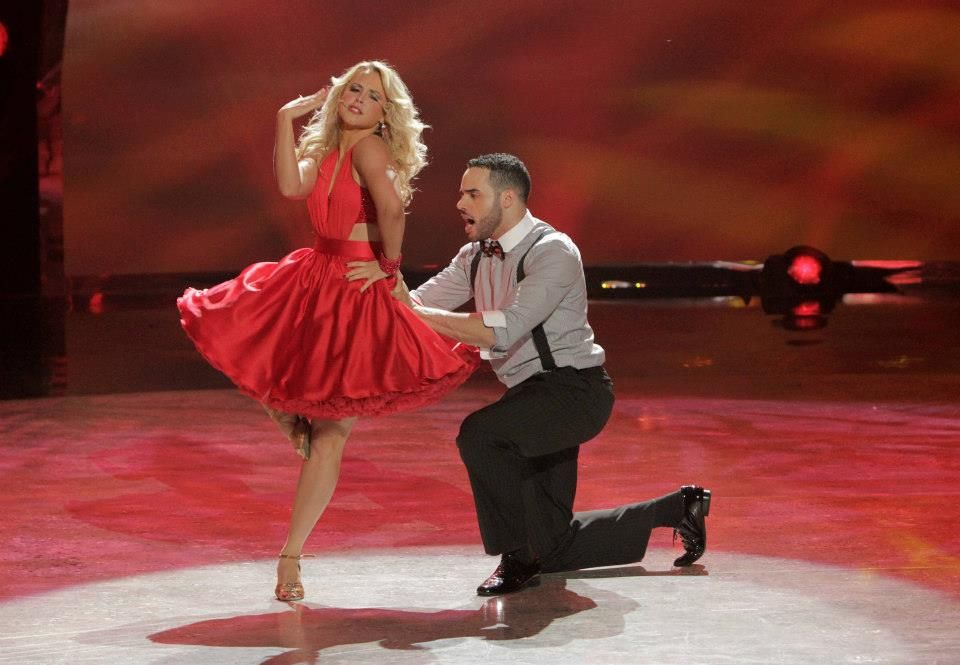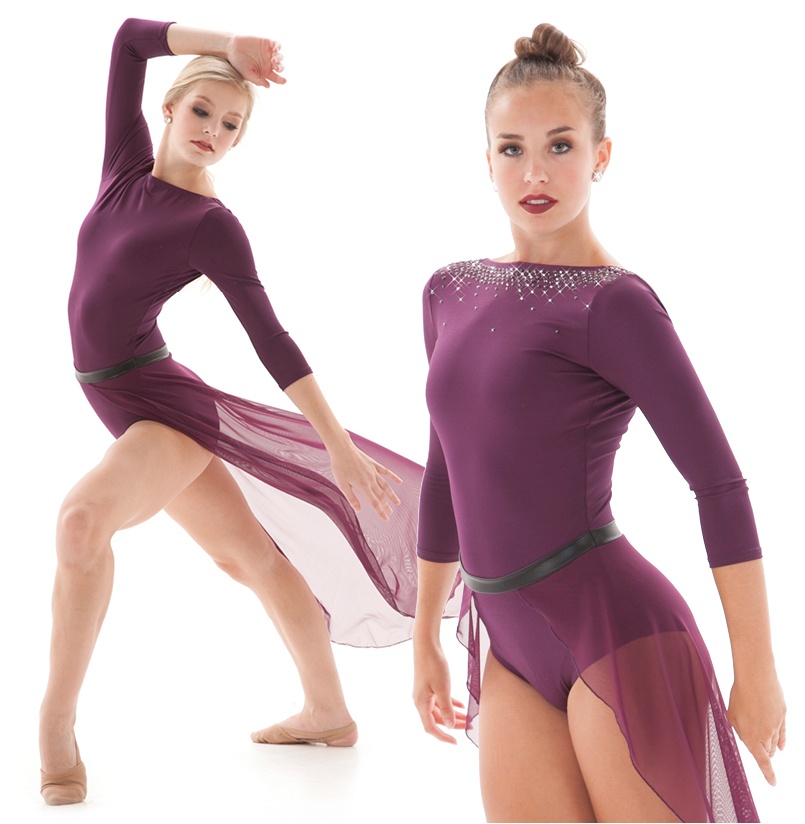How to dance techno for beginners
Techno Dance Moves that Never Fail on the Dancefloor
Author : Skylar Schossberger
June 16, 2022
Let’s be real. When you find yourself in a warehouse party, whether you’re a seasoned raver or newbie to the scene, your body wants to move when you hear that four-on-the-floor techno pulse. Although techno dancing isn’t classically defined in the dance world, its found a niche among underground partygoers. The dance moves can be as free and experimental as the underground scene itself. There’s no judgement. Really, the only expectation is that you’re able to let go of what others think and truly feel the music move your body in fantastic ways. If you need help getting started, then here are some dance moves that never fail on the dancefloor.
Sign up to the 6AM Insider bi-weekly newsletter to keep up with the latest industry news, in-depth features & releases
How to Dance to Techno
Both the beauty and the curse of techno dancing is that there’s no “right” way to move to techno. It’s very personal. Contrast, for example, dancing to different genres. The way your body will move to a dub techno track at 120 BPMs may be quite different from the way it responds to a mind melting acid techno track at 135+ BPMs.
The best course of action is to learn the foundation for dancing to techno. Once you’ve mastered the basics, you can add your own unique spin and begin free styling. Start by accustoming your body to the underlying rhythm. Sway your hips to the beat: “1, 2, 1, 2, 1, 2, etc.” Tap your feet: “Left, right, left, right, left, right, etc.” Once you feel confident that you’ve captured the rhythm, capture the textures of the track with your arms and your fingers. You can incorporate your entire body into the track, let the music take you to new heights. The key, at the end of the night, is to feel the track from start to finish.
The March with a little bit of stomp pic.twitter.com/22MQiSZvp1
— Ryan (@Ryan18689138) May 5, 2020
Techno Dance Moves
As mentioned previously there is no right way to dance to techno. Get creative with your movements, dance is a powerful form of expression. Now there’s no official names for these dance moves but “Das Techno Team” has thought up some great creative names of actual dance moves you’ll typically find with techno parties.
Get creative with your movements, dance is a powerful form of expression. Now there’s no official names for these dance moves but “Das Techno Team” has thought up some great creative names of actual dance moves you’ll typically find with techno parties.
The Italian Stomp
Here is a simple variation of basic feet stomping. You start with the sway of your hips and then you incorporate your feet. After you feel comfortable with this movement you can begin experimenting with patterns. Instead of going “left, right, etc.”, consider changing the pattern. Double it up, “left, left, right, left, right, right, etc.” Heck, triple it if you’re feeling fancy.
@electronicbeats Not me polishing up my dance moves for the next rave. @technoteam #technodance #technotok #dance #technomusic ♬ original sound – electronicbeats
The Royal Brexit Drop
Now that you’ve got your feet underneath you it’s time to use those arms.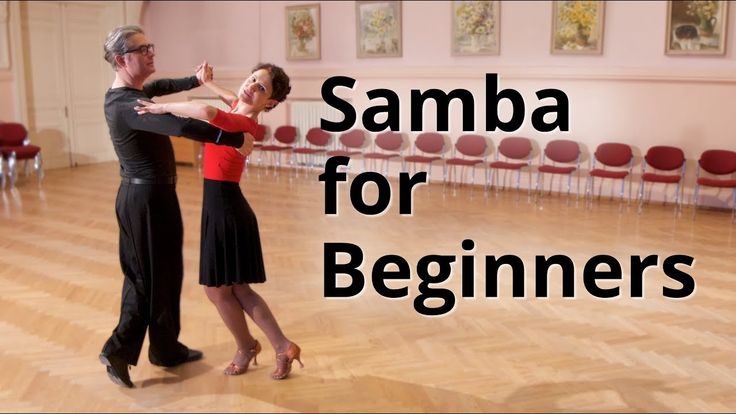 Fist pumps, wrist flicks, snaky arms… go full Gumby mode. Your hips and your legs can jack to the rhythm and the rest of your body can feel out the other elements of the track.
Fist pumps, wrist flicks, snaky arms… go full Gumby mode. Your hips and your legs can jack to the rhythm and the rest of your body can feel out the other elements of the track.
@technoteam @pana.crush antworten #TechnoTeam and #Techno #Basics 13 #fy #fürdich #parati #рек #perte #pourtoi #paravoce #おすすめ #lernenmittiktok #TechnoTok #Rave ♬ Trepidation by Stan Christ TechnoTeam Cut – Das Techno Team
Sidewalk Voguing
No techno dance guide would be complete without mentioning “voguing.” Voguing or “vogue” is a kind of improvisational dance style influenced by the poses of models in fashion magazines. Whether angular and precise or slow and sensuous, this style of dance is about telling a story through movement.
@technoteam #TechnoTeam with #Techno #Basics 3.1.2 and the #Cross #Walk #Voguing #Hands #fy #fürdich #parati #рек #lernenmittiktok #TechnoTok #Rave #season ♬ Follow – Amelie Lens
5 Best Techno Dance Songs
Charlotte de Witte “Age of Love – The Age of Love” (Charlotte de Witte & Enrico Sangiuliano Remix)
The original track “The Age of Love” by Age of Love is over 30 years old. It was popular in the nineties and continues to be a dance floor destroyer to this day. Charlotte de Witte and Enrico Sangiuliano‘s remix of the hit track is just as banging. The lyrics “come on, dance with me” beckon ravers to the dance floor to stomp to the heavy four-to-the-floor kick and lose themselves in the trance that is “The Age of Love.”
Charlotte de Witte · Age Of Love – The Age Of Love (Charlotte de Witte & Enrico Sangiuliano Remix)
Joey Beltram “Energy Flash” – R & S Records
“Energy Flash” was released in 1990 to critical acclaim. A definitive techno track during its time, the track sits nicely in any modern techno set as well (good music is timeless after all). Joey Beltram’s song is minimal, yet playful. The 909 percussive elements frame Beltram’s interlocking sonic patterns and lush string samples. This track is a dancer’s dream, his infamous whispered “ecstasy” rolls over your body and hypnotizes it to move from start to finish.
A definitive techno track during its time, the track sits nicely in any modern techno set as well (good music is timeless after all). Joey Beltram’s song is minimal, yet playful. The 909 percussive elements frame Beltram’s interlocking sonic patterns and lush string samples. This track is a dancer’s dream, his infamous whispered “ecstasy” rolls over your body and hypnotizes it to move from start to finish.
R & S Records · Joey Beltram – Energy Flash
Read Next: Acid Techno Guide: History, Artists & Classics
F.U.S.E. “Substance Abuse”
F.U.S.E., aka Richie Hawtin, is a classic nineties acid track that produces full body spastik action. You can’t help but rock out to the squelching 303. Turn the speakers up to max level, you’re in for a trip.
You can’t help but rock out to the squelching 303. Turn the speakers up to max level, you’re in for a trip.
Richie Hawtin · F.U.S.E.: Substance Abuse (1991) PLUS8013
Darude · Sandstorm (Radio Edit)
Da Hool “Meet Her At The Love Parade” (Original Mix)
“Meet Her At The Love Parade” references the Love Parade, a former German electronic dance music festival and parade in Berlin. This song builds up quite nicely, like a good party. The percussive elements are simple and layer well. But, the best part is the melody. It’s introduced about a quarter into the song. Once you hear it, you’re hooked. Commence the head bobs and hip sways.
soundnavigator · Da Hool – Meet her at the love parade (Original full mix – 1997)
Jeff Mills “The Bells”
“The Bells” by Detroit legend Jeff Mills is a techno anthem. The glitchy kick and playful percussive elements create a euphoric feeling. Its infectious melody compels the body to do as it pleases. Your legs will stomp to the rhythm and the rest of you will react to every sonic element in the track.
vincentimes · Jeff mills – the bells
Read Next: Fake It Til You Make It? Not So Fast, Jeff Mills on Keeping the DJ Artform Alive
A Raver’s Delight
Movement is sacred.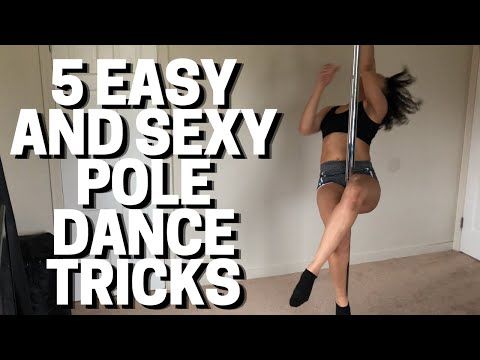 It expresses emotion without words and propels us forward. Techno is special because it unites us to move together and dance. A raver’s delight is knowing that no matter where you’re from or who you are, we’re all equal on the dance floor. We all share the same dreams, the same fears, and crave love and happiness. If and when you find yourself dancing to techno, dance like no one’s watching. Freedom inspires others to move freely.
It expresses emotion without words and propels us forward. Techno is special because it unites us to move together and dance. A raver’s delight is knowing that no matter where you’re from or who you are, we’re all equal on the dance floor. We all share the same dreams, the same fears, and crave love and happiness. If and when you find yourself dancing to techno, dance like no one’s watching. Freedom inspires others to move freely.
Read Next: 15 Of The Most Popular Techno Songs Of All Time [1980-2022]
How to Make Underground Techno/Tech House
This used to really bother me...not anymore...
Hi Friend,
Thanks for coming by. On this page I"m going to explain exactly how I went from "trying to figure it out" to getting tracks signed on big labels like New York's Nervous Records, winning a prestigious remix competition out of over 300 others, and my latest EP getting support from DJs like Christian Varela, Fernanda Martin and more.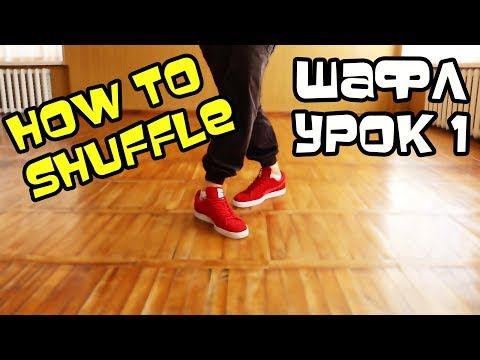
That's right.
So if you want to finish more music instead of having your ideas shelved in a folder on your hard drive, aka the loop graveyard pay attention to what's on this page.
There's a lot of things that are nice to know which make for interesting content on YouTube or as an article. It's just that that stuff won't make or break your track.
That stuff is like a nice sauce that's served on the side of a steak. But the steak is the main dish, a nice sauce won't make a grizzly over cooked steak better.
So if you spend a lot of time learning "neat" tips and tricks, but still not getting where you want to be....even after months and years it's time to change your approach.
While the digital age has made it easier for us all to produce the ease of access to plugins, samples, tutorials, and software is totally overwhelming.
Don't get me wrong YouTube is great for getting through the beginner stages. The real challenge is moving past the next sticking point. So if you're reading this page it's probably because you're able to come up with some nice grooves, but you don't know how to turn those loops into complete, polished tracks.
You've been trying but come up short. The mix lacks width and punch, the master is not quite up to snuff in terms of impact, sparkle and clarity, and at times, well, your tracks are a little boring.
What do you do?Some people do more of the same and expect a different result - which is quite unrealistic. Others get smart and figure it out by trial and error.
That's what I did over a period of several years.
And you can too, or you can find a credible short cut I'll tell you what I did shortly.
Let's
rewind..And go way back...
I never went to a proper club till I was 20. A friend since my early school years was into "the scene" and brought the rest of us out. We caught the tail end for clubs like NY's Limelight and Tunnel. He DJ'd and I was just getting into the music.
For some reason I was into production before getting into the scene. Reason for that is a few years prior some other mates we're doing hip hop. As a "decent" guitar player who appreciated the recording process I got bit by the bug when I saw early versions of the now defunct DAW Cakewalk process digital audio.
From there I was hooked on producing, but didn't get into dance music till a few years later.
While I got to experience these legendary clubs which is better than nothing, they were past there prime.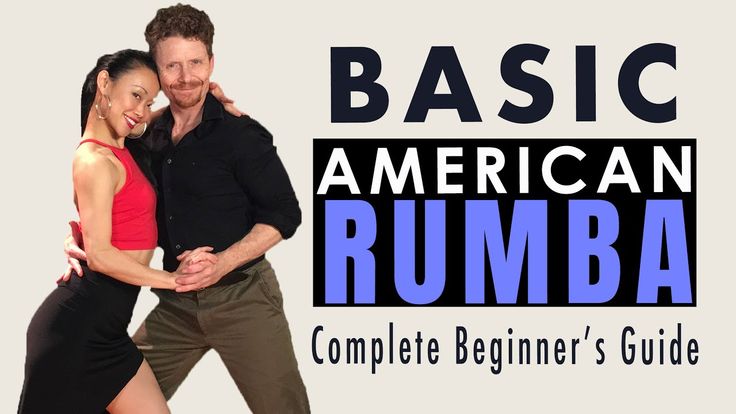
One night we went to New York's Sound Factory. It was cool. It was tall with 4 floors to wander though. Friday nights were a younger crowd.
Saturdays were more serious.
Several months later I found myself there for the resident DJs birthday. It was just unreal. This was a proper NYC club experience. Same for my nights at Dany Tenaglia's Vinyl. and Crobar.
This was back when "dance remixes" were all the rage and the big New York jocks like David Morales, Junior, Danny, Victor, Boris, Jonathan Peters and Hex Hector were making some serious coin remixing pop artists.
Back to the Sound Factory - that was were Jonathan Peters spun his legendary marathon sets. Parties than on special "theme" nights would start on Saturday at 10pm and go well into Sunday evening. His birthday party was one of the more extravagant theme parties of the year.
This was like the 3rd time I ever set foot in the building.
The night was epic, lost my friend at 9 am. He text me saying he had to go. I was like "OK cool I'm gonna stay for a while" and ended up staying till like noon or so. The party was still going strong but I didn't have anything left in the tank.
Damn.
Shortly after this I was hanging w/ the same crew that took me to Factory for the first time, one of them pulled out a business card from Jonathan's production studio in NYC.
I called the number and asked if they hired interns.
They did.
I put together a "demo" reel of stuff I had done and I got the job.
It was grunt work at first. But then I sat in on production sessions and doing things like sampling vinyl to an AKAI MPC.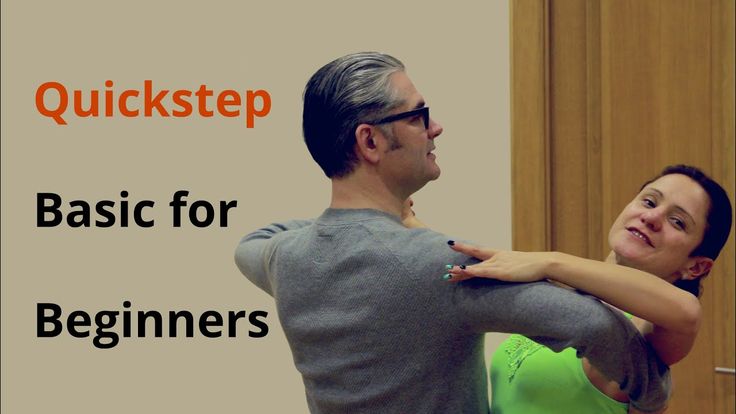
Then I was tasked with making mash ups and helping Jonathan prep files to be played out of Ableton version 1.o at Sound Factory. It was very cool to see and hear stuff I worked on directly going off in a big way at the club.
And in off hours I could work on my own stuff.
2 Rooms and Racks Full of GearI was working for them but you may have thought that I would have soaked up a lot of knowledge and since I had access to all that gear during off hours that maybe I made a dope track or 2 over the course of working at that studio for a year...
Nope not 1 track done. Some cool ideas but not 1 finished piece of music.
Granted I was a total beginner. I could watch the pros work but it's not like they were going to stop what they were doing to teach me what they were doing and why.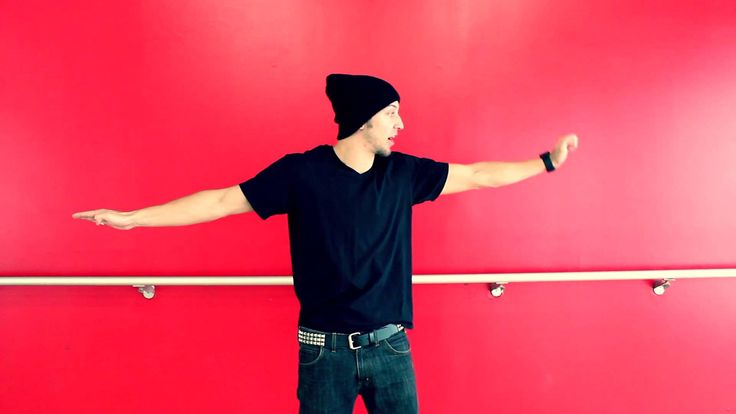
Anyhow.
After a year I called it quits and moved on - no hard feelings. Jonathan wanted me to sell studio time and create another revenue stream in his studio. Quite a big task for an intern with very little studio and business experience. Also his studio was equipped to make dance music, it was not set up for recording bands, he didn't have a big mic collection that would attract typical "studio" business. My idea was to use it as a place for aspiring producers, but that didn't align with what he wanted. So I moved on. All good.
Dance Music Production CourseAs I said I spent about a year working there. About 3/4 of the way through I got my own set of turntables. Technics, a big step up from the belt driven Numark "DJ in a Box" set up my room mate had that I learned on.
I got to the point where I could kind of properly mix on them, but when I got Techs it was like starting over.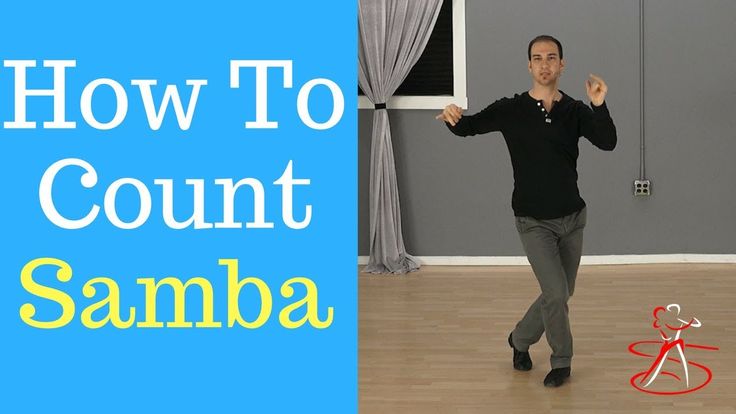
After a few months on proper turntables I could mix "good enough" to go looking for gigs. So when I left the internship, I found a weekly paying DJ-gig in a trendy restaurant/lounge. It paid well so I stuck with that for about 5 years every Friday night.
This was in Hoboken, NJ very close to NYC.
This also started my record shopping habit.
One day on my way out of the store, I'd always stop and grab a flyer or 2 for whatever parties looked good. This 1 day I found a flyer that said "Dance Music Production Course"
I gave it a read and signed up for $1,000. It was probably the first of it's kind. New York's Stephane K (Jon Creamer and Stephane K) made an appearance. It was 8 weeks long and it truly covered everything you need to know.
Only back then, you only absorbed what was taught live in class and any notes I could scrabble on paper.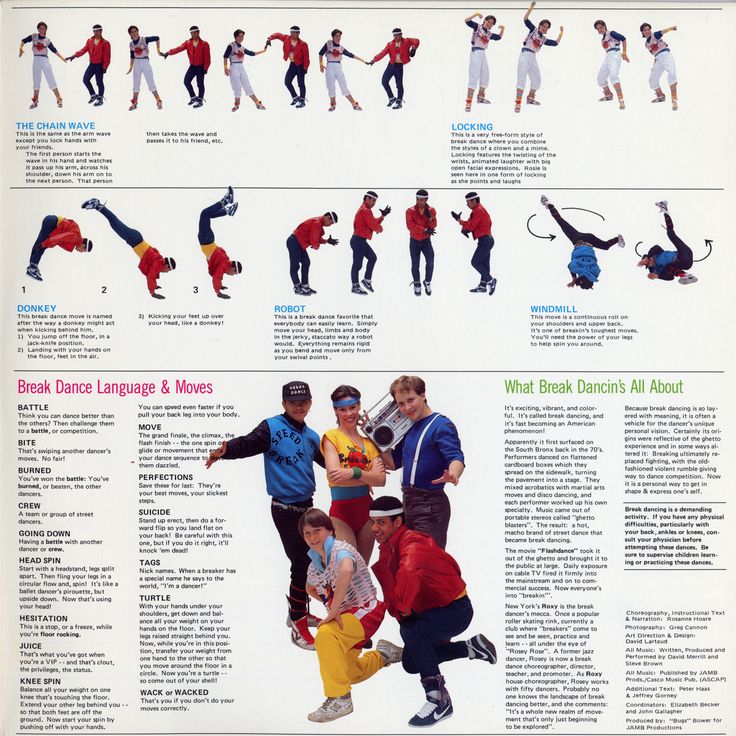
It helped...
But I still hadn't made 1 good track WTF!Through out all this time I did have more than enough gear and more than enough software.
I started on Ableton Live - like the 1st version. I then got version 3. Around that time the ProTools MBox came out so I got that because everyone uses ProTools and this was the first affordable version.
I don't recall doing much with that.
I had the first version of UAD's Powered Plugins. They were nice, but I had no idea what I was doing with them.
I had a Kord Triton Keyboard, a really cool TB 303 clone, the Korg MS 2000 rack. All of these got sold. I also had a Roland Juno 106 - sold that but should have kept it, And an Access Virus Classic. Plus some essential VSTs.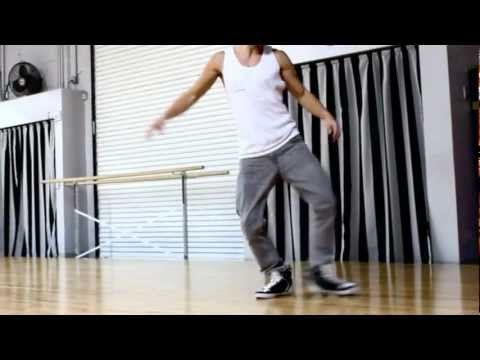
After all of that was said and done, I did manage to create 1 good track I liked and I did a remix for the teacher of the production course but it was never released.
That's a ton of time and lots of money invested in gear which produced a trickle of music. OK maybe a drop of actual completed music.
But I started oh so many ideas and loops - that just never got finished.
So I took a break for nearly 5 yearsThis was a lot of fun. I played out weekly, sometimes did bigger events in the city. Opened for a couple notable DJs like Dave Seaman at the now defunct "Club Love" in NYC's West Village.
But it wasn't really going anywhere, and at this point the music became very commercial because the "underground scene' was dying and pop/open format was rising, along with "Bottle Service" culture.
So it was time to take a break and do some adult stuff. I became more career focused. I never stopped buying music, I never sold my gear, I never sold my turntables. All that stuff was in storage in my parents basement.
I bought my own flat some years later which was cool.
My my then girlfriend, now wife, moved in with me things were good.
Some time later I started a new job and my manager was an older "British House Head."
I kid you not. Super cool, nice guy who in his youth also used to DJ and rent out sound systems. Since we talked shop about music and what not the music bug bit me again.
The headphones I had hung up, were now back on.
I sold my old Triton keyboard and grabbed a Native Instruments Maschine MK1 which is now the basis of all my tracks.
I got reacquainted with Ableton and started making tracks. It was fun, but I still wasn't finishing them, but I was a tad smarter and more persistent. Eventually got my first release out on Beatport which was a remix for a friend.
I got some tutorials, some modern sample packs.
On the night of my bachelor party which was a steak dinner followed by a trip to Output to see Nicole Moudaber, I met a rep from Nervous Records.
We talked for a while and exchanged info. He said to send stuff so I did.
The resulting track "Thirteen" landed in the Traxsource Top 20 Tech-House Chart. I followed it up with another that got almost as high.
This was a lot of fun. I played out weekly, sometimes did bigger events in the city. Opened for a couple notable DJs like Dave Seaman at the now defunct "Club Love" in NYC's West Village.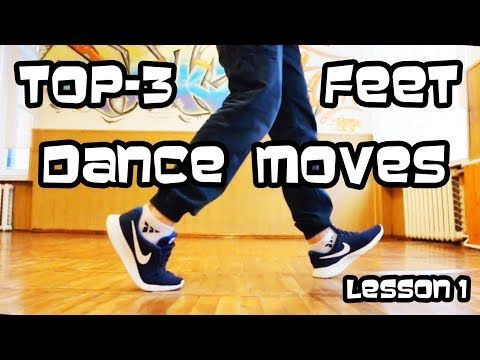
But it wasn't really going anywhere, and at this point the music became very commercial because the "underground scene' was dying and pop/open format was rising, along with "Bottle Service" culture.
Things Changed Big TimeSo it was time to take a break and do some adult stuff. I became more career focused. I never stopped buying music, I never sold my gear, I never sold my turntables. All that stuff was in storage in my parents basement.
I bought my own flat some years later which was cool.
My my then girlfriend, now wife.
Things were good.
Some time later I started a new job and my manager was an older "British House Head."
I kid you not. Super cool, nice guy who in his youth also used to DJ and rent out sound systems. Since we talked shop about music and what not the music bug bit me again.
Since we talked shop about music and what not the music bug bit me again.
The headphones I had hung up, were now back on.
I sold my old Triton keyboard and grabbed a Native Instruments Maschine MK1 which is now the basis of all my tracks.
I got reacquainted with Ableton and started making tracks. It was fun, but I still wasn't finishing them, but I was a tad smarter and more persistent. Eventually got my first release out on Beatport which was a remix for a friend.
I got some tutorials, some modern sample packs.
On the night of my bachelor party which was a steak dinner followed by a trip to Output to see Nicole Moudaber, I met a rep from Nervous Records.
We talked for a while and exchanged info. He said to send stuff so I did.
The resulting track "Thirteen" landed in the Traxsource Top 20 Tech-House Chart (it went further than what I happened to capture in the screen shot below).
I followed it up with another that got almost as high. And later my full on techno bomb "Friction."
Now I was actually producing...It still took me a hell of a long time to make a track but I was getting more music done. Music that I liked and felt proud to release.
Not long after the releases on Nervous Records, I saw that Victor Calderone was hosting a remix contest on the now defunct "Play.Beatport.com" platform.
I downloaded the pack out of curiosity - to hear what his stems sounded like. I figured I might learn something.
Then I was like "OK I'll enter if it doesn't kill me on time" So one night after dinner I started getting some ideas down. I liked where things were headed.
Keep in mind at this point in my life I had WAY less free time.
I was married, had a child, was freelancing and looking for a bigger paying, full time gig as opposed to side gigs.
So if you think you need all the time in the world to make great music, you don't.
Back to the remix competition, I got something down that I liked. Uploaded and actually won, out of over 300 other entires.
So What Changed?So how am I getting better music, completed faster with less time and gear?
I got serious about the important stuff and ignored the fluff.
NO BS ProductionTime constraints of "adult' life helped me a lot. Another thing was that during my break from music, I learned the importance of "getting it out there.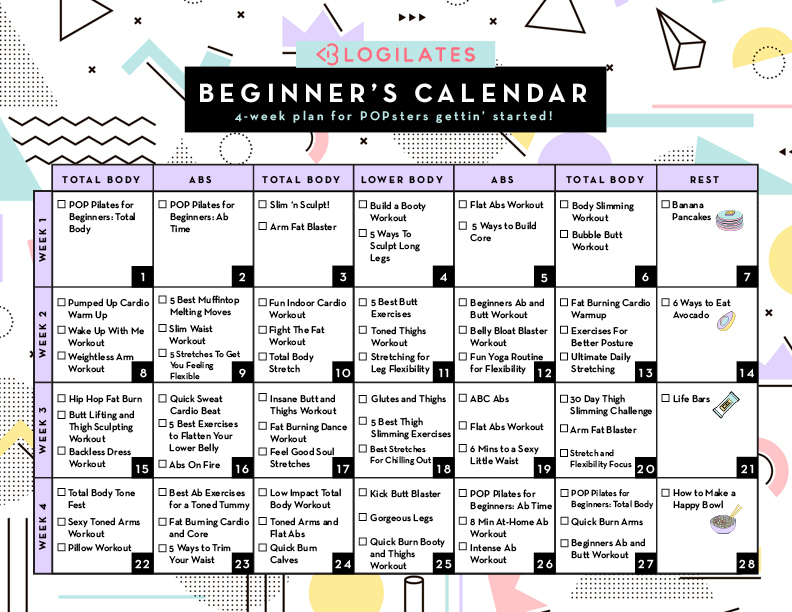 "
"
Perfectionism kills, it's better to have something very good see the light of day than to never release material because it's "not perfect."
This combined with not focusing on fluff and non sense.
Way back it was hard to produce because the gear was expensive, but if you had the gear from there it was straightforward.
Today the gear is less costly, I mean you can do a lot with a lap top. The problem is that today things are digital and digital is infinite.
There's always some "thing" you can be doing to produceA sample to find, a tutorial to watch, a VST instrument to use, a tip to try, and technique to learn... and on and on and on.
It could go on and on and on and on.
If you get caught up in this you could easily spend more time consuming content about production - then actually making music. "wanna-producing" instead of actually producing.
"wanna-producing" instead of actually producing.
There's a ton of things that you could do, that are interesting to talk about, that may improve 1 aspect of your music a bit, but in terms of the big picture, these tips and techniques really aren't that meaningful.
If you want to make gains you have to focus on things that really matter.
Another thing is that it's easy to over do it on instruction that is helpful but totally overkill for dance music, particularly underground stuff.
For example music theory. You don't need much theory at all for techno.
Another example is mixing.
Oh yeah mastering your DAW.
This one is important as I often see commonly regurgitated advice for newer producers to "hunker down" and master your DAW.
Yea that can help, but mastering a DAW is really important when time is money and you're being paid hourly to record and mix a band of something. When hourly income is on the line and you're just getting started and have to make some shitty singer sound good and you're editing a bunch of takes into 1 good sounding coherent lead vocal, then YES, there's a big pay off to being a master of your DAW and it's keyboard short cuts.
When hourly income is on the line and you're just getting started and have to make some shitty singer sound good and you're editing a bunch of takes into 1 good sounding coherent lead vocal, then YES, there's a big pay off to being a master of your DAW and it's keyboard short cuts.
But for techno, you don't need to burden yourself with that.
Speaking of mastering things, DON'T waste any time or money trying to master your own music.
You're gonna come up short.
You're gonna work on a track, spend another ton of time trying to self master and then you're gonna listen back and have a nagging feeling that your music still isn't up to snuff.
Let's Focus on What MattersDo you see how I've taken a bunch of crap off your things to do list?
In total I spent about 10 hours on my winning remix for Victor Calderone. Sure, a bit of luck was at play. There's always gonna be times where you get in flow and the music churns itself out.
Sure, a bit of luck was at play. There's always gonna be times where you get in flow and the music churns itself out.
And that's how it is for most producers who aren't quite there yet. It's easy to start but difficult to finish.
Right now I don't struggle to finish because I put the time into pumping up my finishing muscles. You could do the same thing. Sure I can help you produce some new sounds and give you some inspiration. There's tons of that stuff.
That's like giving you a fish. You'll be back again when you're hungry looking for a meal.
This is what most instructors do. Pump you up with interesting tips and bits so you keep coming back. Remember a lot of these site owners are monetizing your interest in the subject matter, they don't really show you the whole picture.
And many tutorials are safe, not very artistic, and tend to focus heavily on copy what's hot.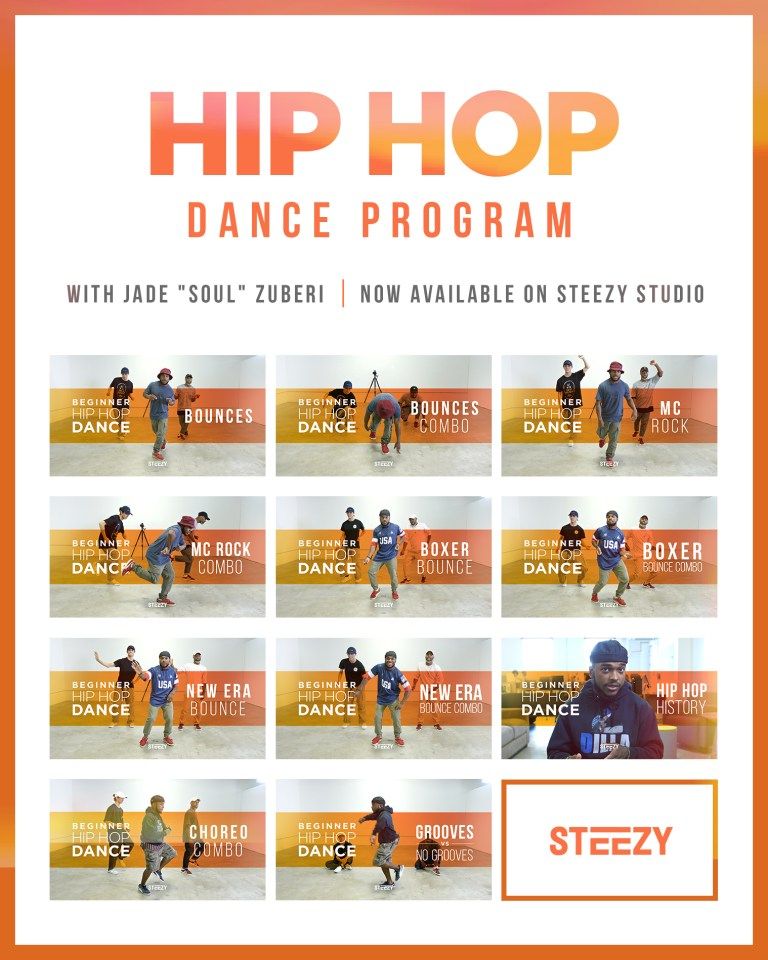 The problem with that is you're not learning how to be an artist or improve your artistic skills.
The problem with that is you're not learning how to be an artist or improve your artistic skills.
It's monkey see monkey do.
And if you're like me a few years ago you may have realized that it's time to take a different approach.
Forget about all the noise...
Become a Rebel ProducerSeriously, it's time to question conventional (producer) wisdom and do something different if you've been struggling at this for a while and want to actually make an impact with your music.
Enter....
Underground Elite™A brand new way to approach and learn production. This no fluff, tell all course explains exactly how I work.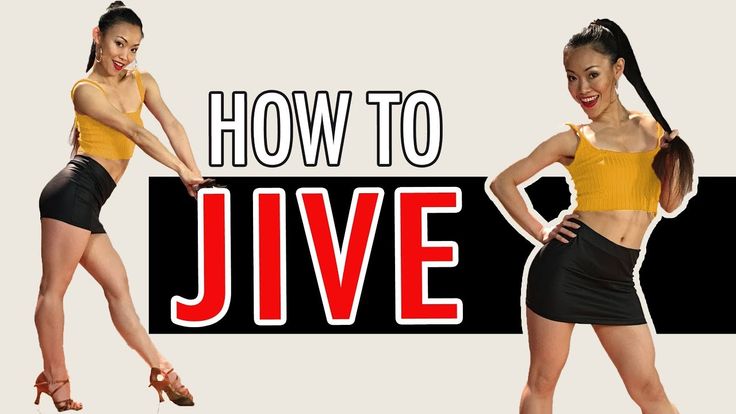 20 videos, 5 hours of content spread over 4 Modules, plus lots of audio files and Ableton Projects to work from. Best of yet you'll learn from real working dance music that has rocked dance floors. No cheesy, generic "template" sounds that are here today and gone tomorrow.
20 videos, 5 hours of content spread over 4 Modules, plus lots of audio files and Ableton Projects to work from. Best of yet you'll learn from real working dance music that has rocked dance floors. No cheesy, generic "template" sounds that are here today and gone tomorrow.
Idea Generation
Techniques for making modern, yet timeless techno and tech house from the ground up. From those big warehouse techno kicks to subby tech house floor shakers.
How to find bass parts that work perfectly with your kick - using reverb, to synth bass as well as placement of notes, and how to mix and process your low end. And lastly how to put an initial mix on your beginning idea so you can move it to the next phase of production - Arrangement.
You'll also see how I process my parts to give them fatness, punch, and clarity so that when it comes time to mix, the heavy lifting has been done already.
This module includes 4 Videos totaling 75 Minutes as well as Royalty Free Samples to help you start rocking, new tracks.
Module 2Arrangement
No longer will you struggle to finish music. This section is all about helping you master the skill of arrangement.
No more guesswork when it comes to turning your short 8-16 bar loop into a fully fleshed out, complete track.
You'll watch me analyze and dissect other producers music, taking lots of notes along the way.
Then you'll see me arrange my own music using this approach.
Arrangement is a big focus of the course because speeding up these skills will help you produce more in a fraction of the time.
This module has 10 videos, over 2 hours of content, plus you get cheat sheets, and arrangement templates.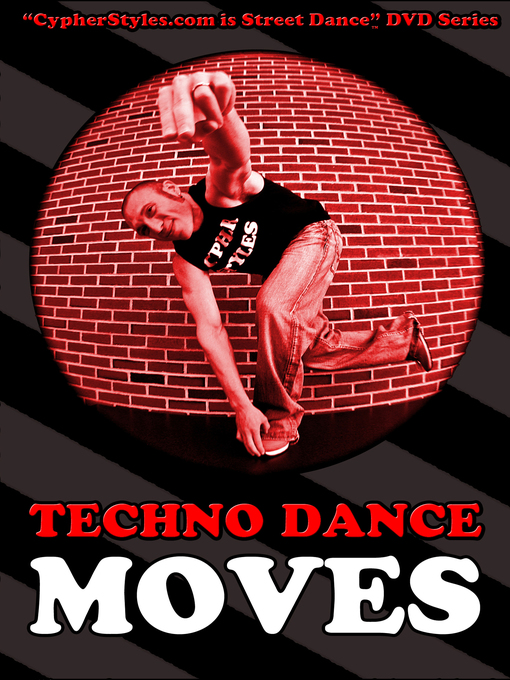
Automation/Ear Candy
How to make your music more interesting and compelling. You'll see how I used effects to add energy and sparkle to my winning remix on Victor Calderone's Label MATTER+.
You'll see how I use delay, sends and more so that the track breathes and evolves adding extra drama as needed. I mostly worth with many of Ableton's stock plugins and some from Universal Audio. You'll not only learn about how to use plugins like delay and distortion, but where to use such things in your tracks.
You'll see how I added interesting content to 2 of my own productions for sale on Beatport.com ( 2 videos/41 minutes)
Module 4Final Mix/Master
In module 1 you learn about how to "front load" your mix efforts so now there's far less work to be done. Remember you need to know enough to be a good producer! You don't need to know EVERY SINGLE THING a professional mixing engineer knows.
Remember you need to know enough to be a good producer! You don't need to know EVERY SINGLE THING a professional mixing engineer knows.
You'll also see my show how my track "The Pulse" was completely mixed all in Ableton Plus you can download the entire section.
Remember, friends don't let friends release their self mastered tracks. Why give yourself another mountain to climb when you can send it out to a pro - you'll get my resources for mastering
Here's a Free Lesson - Let's "Rumble"How About Some Awesome BonusesI released the track "The Pulse" a while back and you get access to the entire Ableton Project. No 3rd party plugins required.
"Waiting for you" dark tech house - you get access to all stems so you can practice mixing, remixing, and arranging.
Remember that not everyone can teach - you can learn from a pro which is great but they may not really drive home the points that are important for you right now, because they're far past the beginner/intermediate stage.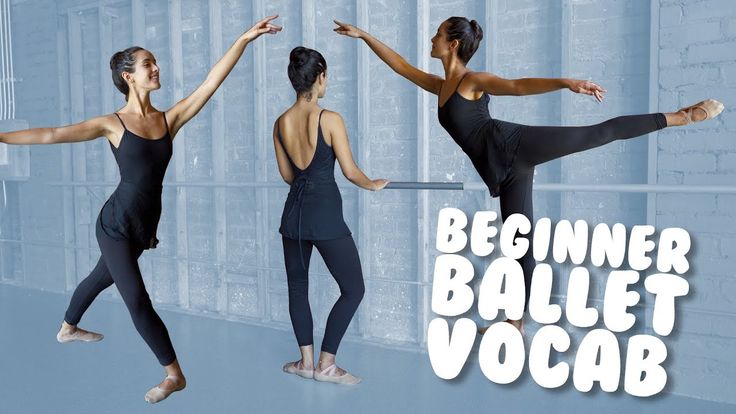 And not all teachers have "street cred" in dance music.
And not all teachers have "street cred" in dance music.
Many tip/tutorial makers don't produce dance music signed to labels, the don't DJ, they're not on beatport. They sound design which is "neat" but many tutorial makers don't actually live and breathe underground dance music. This is why they hop around from hot sound to hot sound. Maybe a while back they did a techno tutorial but then moved on to trap, tropical house, future bass and what not. You've been warned.
IMO, I think I bring together a nice blend of street cred and the ability to make this easy to understand.
Dean Zlato from Australia went from a couple deep house remixes to making techno bombs. He did a killer remix for me which you can see above. Not long after that he attended Amsterdam Dance Event and won Dave Clark's Demolition Panel. (1 Winner is selected from a room full of producers)
(1 Winner is selected from a room full of producers)
That's Dean in the middle surrounded by Techno Legends
Simon W. aka Saffaboy went from struggling course junkie to completing so many tracks he made a release schedule and is now tackling promotion and building a bigger fan base. Dan below has just about made an album.
The Course Streams Over High Quality Video on Any Web Enabled Device. Once you purchase access you'll get immediate access to the member's area.
Think About What It Would Mean If You Finished Higher Quality Music In Less Time
- You might get signed to labels
- Catch the attention of bigger DJs and Producers
- Rapidly Build Your Fanbase with High Quality Music
- Win Competitions
Don't think about it as a cost, think about it as an investment. An investment in your skills, knowledge, and workflow.
An investment in your skills, knowledge, and workflow.
Get Started & Dramatically Change Your Production Game for Just $49
Add to Cart
**I've put my heart into this course and have tried to make it as much of a no brainer as possible. Unlike other schools and academies this won't cost the price of a vehicle or vacation - it's just under a hundred bucks. I added a rent to own option to make it easier and it's backed by a big, generous no BS guarantee.**
100% Satisfaction Guarantee!You can use this course risk free for 365 days. There's a generous 1 year guarantee. If you're on the fence try it free for 7 days and if you decide it's not for you in those 7 days, I'll cancel the membership and any bonus downloads are yours to keep.
Shuffle for beginners: all about dance
Contents
What is dance?
Shuffle (shuffle, shuffle) is recognized as a real hit of 2017.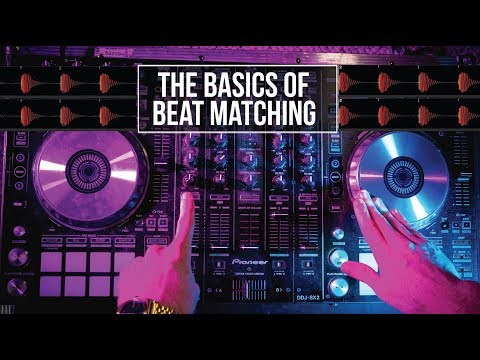 This is not a battle dance, but a way to express the worldview to others using your body language. This direction is characterized by movements that imitate the trampling of a dancer in one place with smooth steps, and the dance itself is divided into two varieties:
This is not a battle dance, but a way to express the worldview to others using your body language. This direction is characterized by movements that imitate the trampling of a dancer in one place with smooth steps, and the dance itself is divided into two varieties:
- Australian classic;
- Malaysian. nine0010
The dance itself appeared towards the end of the 80s in the underground venues of the Australian city of Melbourne. He accidentally hit the masses and subsequently began to actively progress, capturing the popular nightlife in Melbourne, and a little later, club hangouts around the world.
In the early 1990s, shuffle separated from the original musical style of acid house and became a separate dance direction, changing the musical background from tehno to trance and house along with it. At the same time, the speed of movements performed by the dancer also changes upwards. And ten years later, the popularity of the dance reaches unprecedented heights thanks to various videos on the Internet and numerous mentions in the media. nine0003
nine0003
Today this dance direction is promoted by many popular DJs and famous party-goers from the club industry of foreign countries, in our country this dance direction is just beginning to develop.
Dancing with the feet - the so-called shuffle
This dance direction is characterized by more movements with the legs and the lower part of the body, which gave the style the street name "dance with the feet".
If at first the shuffle was danced arbitrarily, at any speed and in any rhythm, now it is danced as quickly as possible. So the audience practically does not see each individual element and perceive the movements of the dancer as one whole. nine0003
Shuffle can be danced in different ways, for example, in both Malaysian and Australian directions, there are several main ways to dance: with and without arms and body, with and without running movements, with jumping rolls and in a softer manner.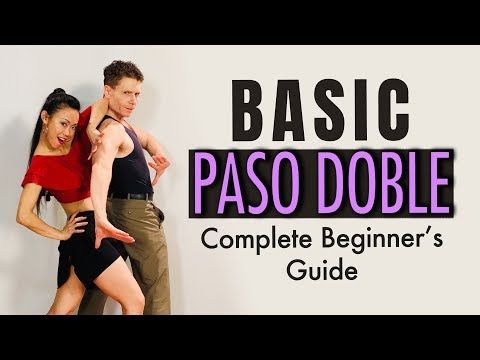
Like many dance styles, shuffle is a mix of other street club styles. The main feature of the style is that it is available to everyone who wants to express themselves with the help of the voice of their body. nine0003
Why is he so popular
Shuffle is a very spectacular dance, which originally consisted of quick "shuffling" movements of the legs, creating the illusion of the dancer hovering and sliding. Over the years, it has acquired many variants of execution, acquired a large number of elements and continues to develop. Today, the shuffle is danced to a variety of music, and therefore it is experiencing a rebirth and explosive popularity on the Internet.
Shape Dance School - gives everyone the opportunity to learn the Shuffle / Cutting Shapes dance without leaving home, thanks to detailed lessons and control over the correctness of the assignments. nine0003
4 main reasons:
- The best way to lose weight
- Quick start in training
- Universal and popular dance
- Attention of the opposite sex
Shuffle is the most energy-efficient dance and the most enjoyable way to improve body tone.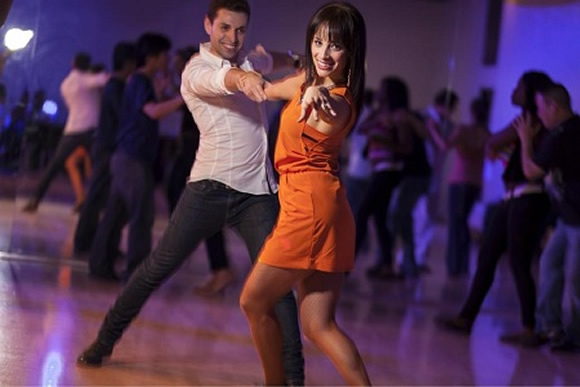 In fact, this is an intense interval training, but unlike other workouts, you can dance anywhere and anytime, while the most difficult thing is to stop :-). Shuffle as a healthy habit that, in addition to pleasure, significantly increases physical endurance and coordination
In fact, this is an intense interval training, but unlike other workouts, you can dance anywhere and anytime, while the most difficult thing is to stop :-). Shuffle as a healthy habit that, in addition to pleasure, significantly increases physical endurance and coordination
If you want to learn how to dance but have never danced before, then Shuffle is the best choice! Shuffle, with proper training, is a quickly mastered dance. In a week you will be able to dance for your pleasure, alternating several basic elements! Of course, good performance will take time, but after getting the first quick result, you will not lose motivation to develop further
Shuffle is a universal style, it can be danced to different styles of music by guys and girls, where there is an even beat. You can dance at a rave to a club track, at a wedding to Pop music, or at your mother's anniversary to techno from 90's. And then put your dance on the net and become an Internet star. After all, shuffle videos are gaining millions of views in a short time
It is by dancing that many people find their other half. Girls love it when guys can dance, and guys like beautifully dancing girls. The advantage of the shuffle is that it looks appropriate in most dance events and musical styles. Even if you perform just a couple of basic movements at a party, then you will already stand out among the others, attracting the attention and interest of the opposite sex
Girls love it when guys can dance, and guys like beautifully dancing girls. The advantage of the shuffle is that it looks appropriate in most dance events and musical styles. Even if you perform just a couple of basic movements at a party, then you will already stand out among the others, attracting the attention and interest of the opposite sex
Shuffle is style
Shuffle is a style in which there are no prohibitions and restrictions on weight, age, gender. Anyone can learn the basic moves to dance in discos, clubs, parties.
To learn how to dance shuffle at a basic level, you need to understand the principle of movements and combine them at your discretion.
But before you start learning the pas, you need to do a warm-up, at least ordinary gymnastics for the joints, in order to minimize the risk of sprains and other injuries. nine0003
If you don't have a studio in your city where you can learn how to dance a popular dance, then video dance lessons will be the way out. In this case, you can learn to move tolerably without leaving home. The most important thing for mastering this dance is a sense of rhythm, the right music (house, trance or any electronic music), comfortable clothes, a positive attitude - and you will succeed!
In this case, you can learn to move tolerably without leaving home. The most important thing for mastering this dance is a sense of rhythm, the right music (house, trance or any electronic music), comfortable clothes, a positive attitude - and you will succeed!
How to Shuffle: Basic Exercises Video
Before starting to learn the basic movements of the dance style, the dancer needs to properly stretch the muscles of the legs and arms to prevent them from stretching. However, this rule applies not only to shuffle. nine0003
The main movement in the dance is sliding steps from side to side and back and forth, which are an imitation of the walking of a dancing person in one place. This movement received the term Running man (running man), and subsequently it served as an impetus for the choice of the name of the dance direction - Shuffling, which means "shuffling" or "sliding feet on the floor. "
"
In addition to the standard combination, there are 4 more basic positions in the dance:
- Teshka is a combination of leg movements, which together represents the letter T, when the left foot moves alternately from left to right, while the right foot moves up and down in the same way.
- Kick - imitation of kicks in the air or on the floor. In this movement, one of them is slightly ahead, and the second hits the place of the other foot. At the same time, the height of the raised knee can vary at the request of the dancer.
- Slide - classic sliding movements.
- Spin - scrolls, which represent the rotation of the body around its axis clockwise or counterclockwise. This movement is performed randomly during the dance process, in the order you want. nine0010
Shuffle today uses a large number of dynamic movements from other popular dance styles: popping, locking, liquid dance, breaking, etc. Dancers take interesting combinations and, combining them with each other, create a unique and inimitable dance in the future.

It is more efficient to learn dance with a personal trainer. If this is not possible, the following video lessons for beginners will help you learn how to dance shuffle at home:
nine0100Now what concerns the music.
In no case do not start training with a hard hardstyle, you simply will not be able to keep up with the beats.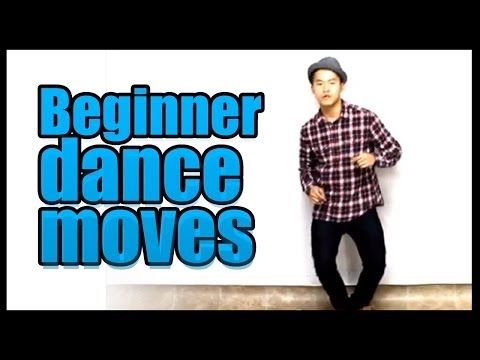 Why make yourself and others laugh. Try dancing to club music (House, Trance, Electro, Electro House). Your main task at the beginning is to learn how to hit the beat and no matter what kind of music. If you feel like you're ready for Hardstyle, try Hardstyle. Can't make it? Don't be upset... get back to club music, soon you will definitely learn to dance faster, the most important thing is patience and desire, everything else will follow. nine0003
Why make yourself and others laugh. Try dancing to club music (House, Trance, Electro, Electro House). Your main task at the beginning is to learn how to hit the beat and no matter what kind of music. If you feel like you're ready for Hardstyle, try Hardstyle. Can't make it? Don't be upset... get back to club music, soon you will definitely learn to dance faster, the most important thing is patience and desire, everything else will follow. nine0003
Tips
So we looked at how to learn how to dance the shuffle. There are still a few small tips that can facilitate this process.
First of all, this direction is good because it does not require special shoes. You can wear regular sneakers on the dance floor. So you can feel great when sliding and turning.
How to learn to dance shuffle at home
Sources
- https://zhenskievoprosy.
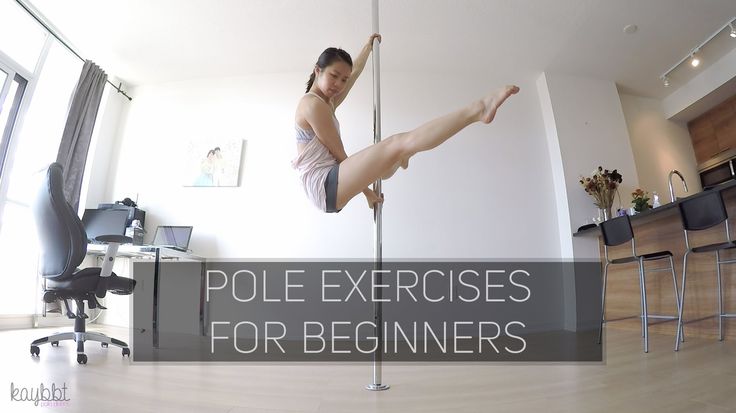 ru/kak-nauchitsya-tancevat-shafl.html
ru/kak-nauchitsya-tancevat-shafl.html - https://tancor.info/o-tancah/shafl-shuffle-tanec-budushhego/
- https://shapedance.ru/
- https://dancedb.ru/shuffle/article/kak-nauchitsja-tancevat-shuffle/
- https://vsetantsi.ru/tancy-dlya-parnej/kak-nauchitsya-tancevat-shafl-v-domashnix-usloviyax/
Learn how to dance tectonik (electro-dance)
Do you like electronic music and want to learn how to dance tectonik? For beginners, there are many videos and tutorials, but all this will not work if you spend little time learning and preparing. What is this style? What are its features? How to learn to dance tectonics at home in a couple of months? Read the article and you will know everything! nine0003
The origin of the style
This type of youth dance became popular with the development of electronic music in the early 2000s in Paris. Several young guys decided to show an unusual dance in the Paris metro and thereby stand out from the crowd. This style of performance won love and recognition, and a few years later the whole world learned about it. Tektonik is a mixture of elements of various dances, namely hip-hop, locking, jumpstyle, techno and popping.
This style of performance won love and recognition, and a few years later the whole world learned about it. Tektonik is a mixture of elements of various dances, namely hip-hop, locking, jumpstyle, techno and popping.
Modern dance for teenagers: styles and trends
Modern dance for teenagers is not only a chance to develop physically, but also an opportunity to...
What is dance like?
The rhythm of the dance is quite fast, the movements of the hands are relaxed, directed up and down, but at the same time you need to make sure that the hands are located one above the other. Due to the speed of execution of the elements, an interesting effect is created. Legs and arms work in the same rhythm. Basic leg movements include toe and heel swings. For example, to swing the heel, you need to stand on the toe, take the heel to the side, then perform a swing with the toe, shift the weight to the heel and then make a sharp lunge to the right or left. Clear leg movements and high hand speed are the main conditions for those who want to learn how to learn how to dance tectonics. nine0003
Clear leg movements and high hand speed are the main conditions for those who want to learn how to learn how to dance tectonics. nine0003
This type of dance develops flexibility and coordination of movements.
Learning to dance tectonics. Tips for beginners
- It would be good to sign up for dance classes where an experienced trainer will evaluate your individual characteristics. But if this is not possible, you can study at home. To make it more fun, find like-minded people and learn together, periodically demonstrating your progress. Video clips from You Tube to help you!
- Tilt and turn and bridge for more flexibility. To improve your coordination, try juggling. nine0010
- How to learn to dance tectonik at home? A video in which the instructor explains everything clearly and slowly shows the exercises will be useful in the learning process. First learn the basic movements, then the ligaments.
- Practice for half an hour every day, make it a habit to learn a new link at each lesson, but also remember to repeat the previous ones.

